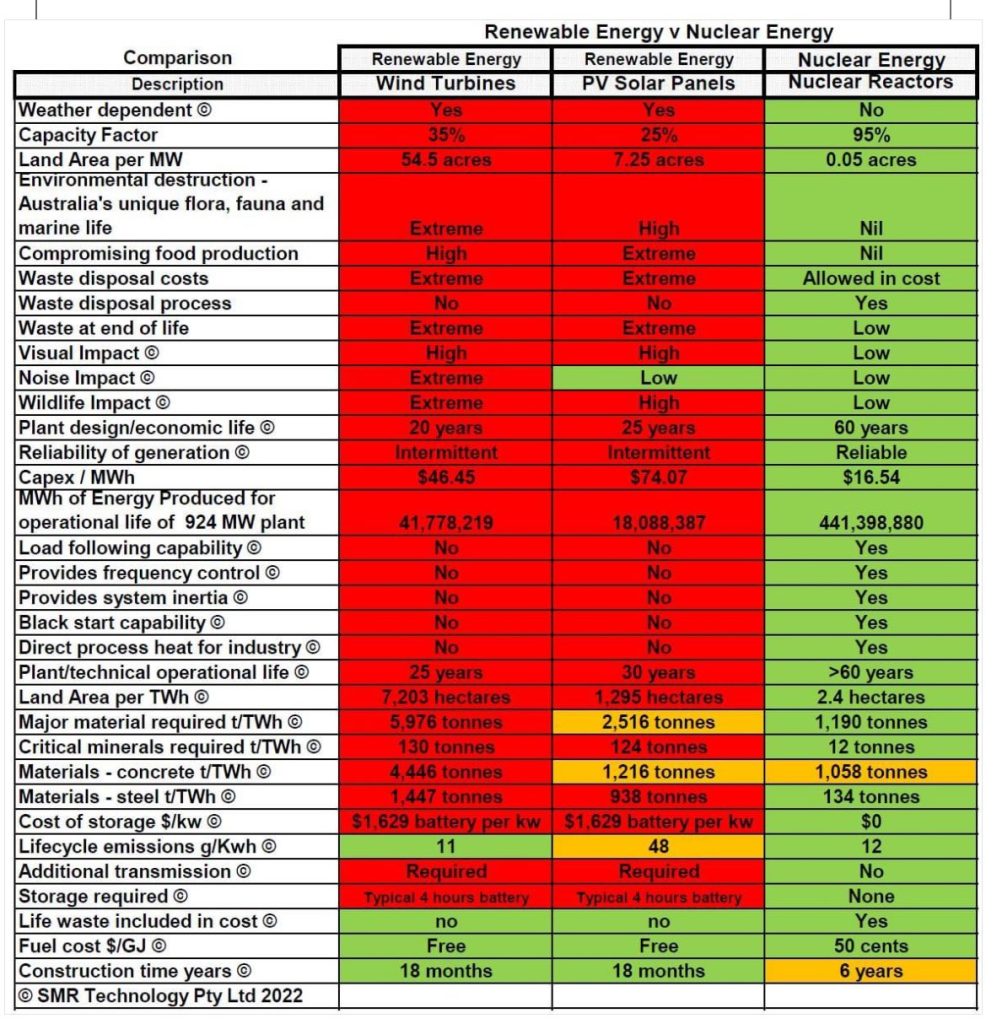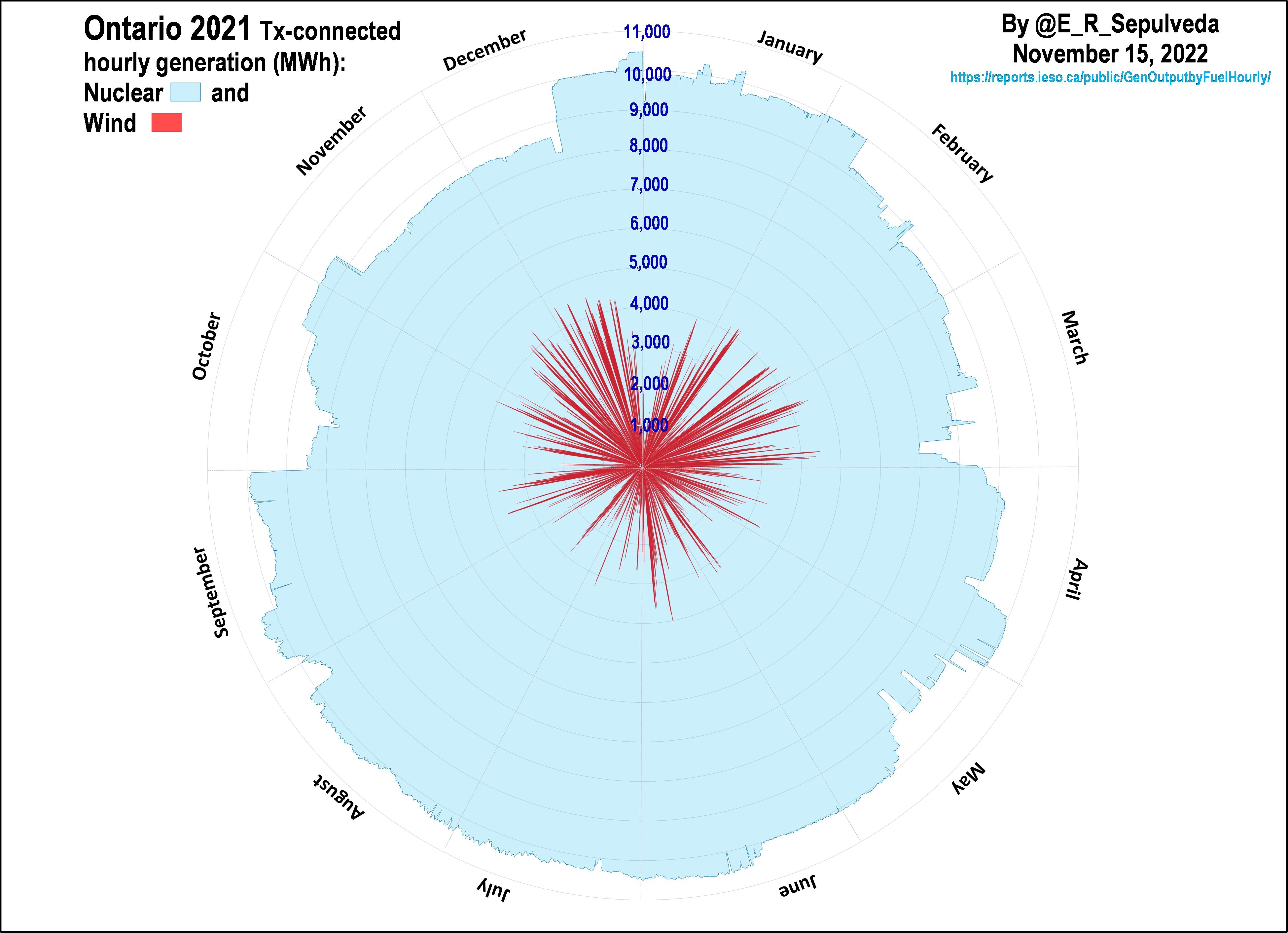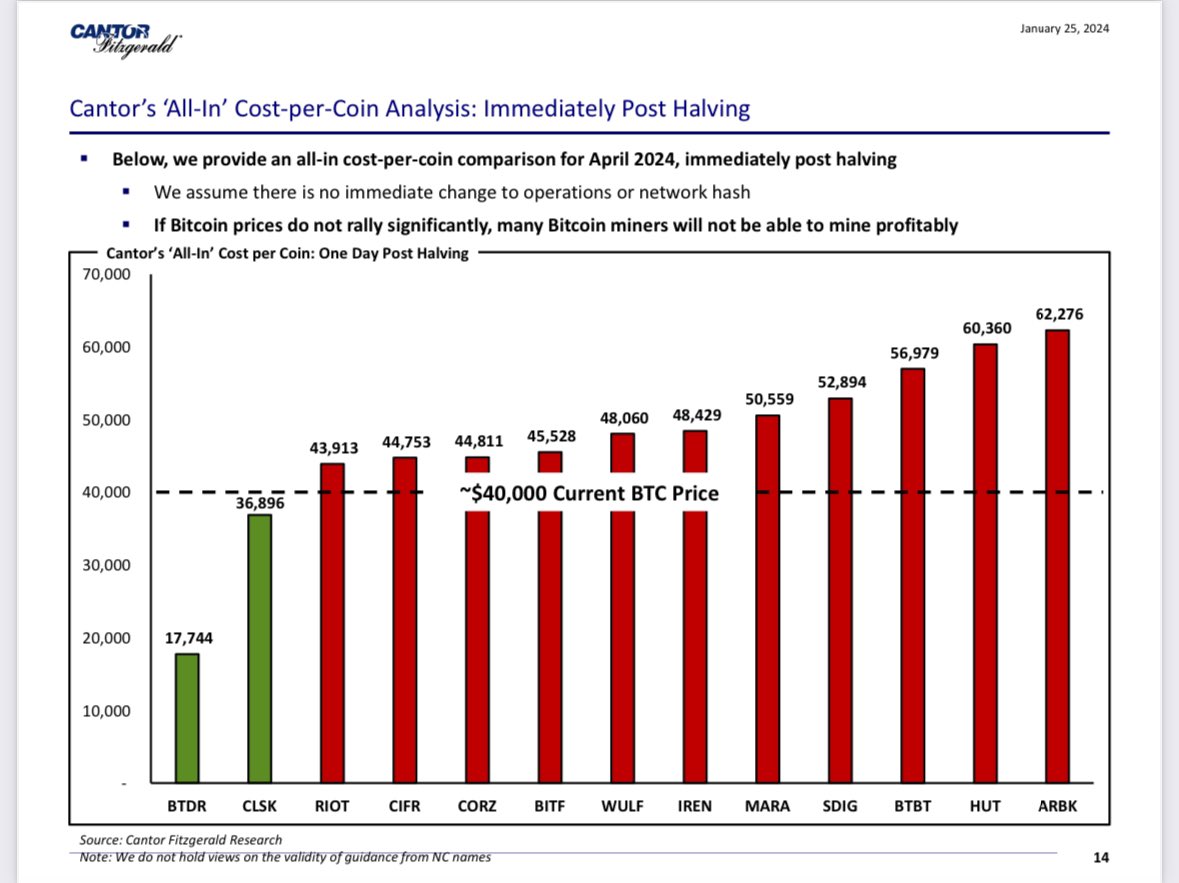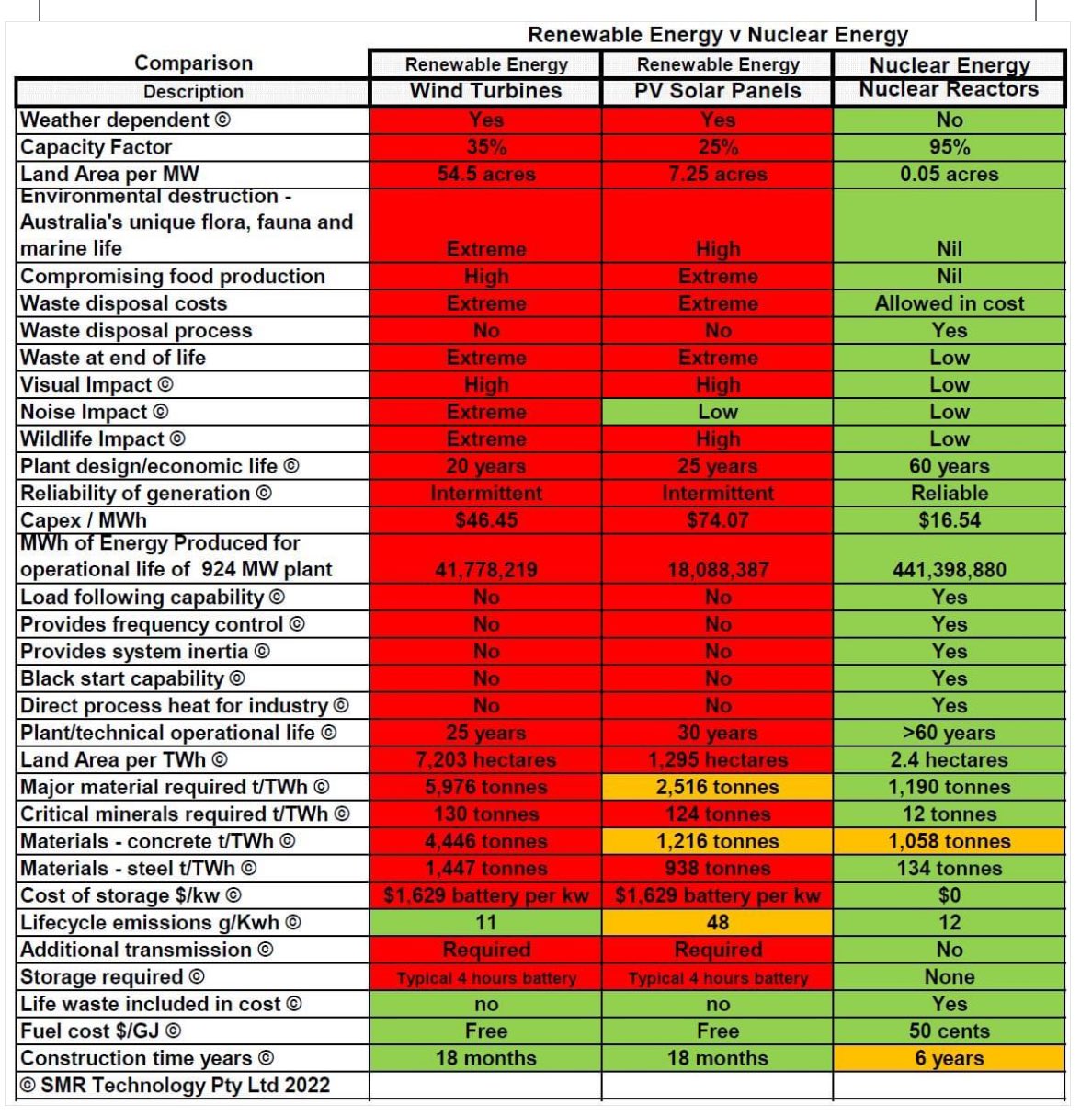President Trump and New York governor propose shift to nuclear energy

According to data from SMR Nuclear, nuclear energy plants produce 441,398,880 megawatt-hours of energy throughout their lifetimes.
Former President Donald Trump and New York Governor Kathy Hochul have proposed pivoting to nuclear energy to meet climate goals and provide the vast energy needed for high-performance computing and artificial intelligence.
Governor Hochul believes nuclear energy can help address shortfalls in New York’s ambitious climate agenda, which was first announced in 2019, by positioning the state to meet its 2030 climate goals.
Trump, the 2024 Republican presidential candidate, pitched the idea of shifting to nuclear power in a recent interview with podcast host Shawn Ryan, but for very different reasons. The former President explained to Ryan that America needs to generate massive electricity to power the artificial intelligence sector.

Visual representation of nuclear vs wind power generation. Source: B.F. Randall
Trump noted the problems inherent in using other forms of renewable energy generation, such as wind and solar, before stressing the importance of leading the world in AI development:
“We will create tremendous electricity for our country and that will allow AI to compete. And you’re right, whoever gets that it’s going to be a big advantage, you know, that’s going to be sort of the oil of the future.”
Trump and Hochul aren’t alone in their interest in nuclear power. In August, Poland set aside $1.2 billion to build the country’s first nuclear energy plant. Officials in Sweden are also mulling plans to invest $28.5 billion to finance nuclear power reactors throughout the country. China’s government also approved a similar plan to build 11 new nuclear reactors in a $31 billion deal.
Related: The USA can (and should) dedicate more energy to Bitcoin mining
What it means for Bitcoin miners
Bitcoin (BTC) miners constantly seek alternative, novel, underused energy sources to power their mining operations. These novel sources include converting runoff natural gas from oil fields—normally wasted through “flaring” or burning the excess gas—to using volcanic geothermal energy to mine Bitcoin.

A January report from Cantor Fitzgerald of mining costs for top Bitcoin mining firms. Source: S. Matthew Schultz
Energy prices represent the main input cost for Bitcoin miners. According to a report from Bitfufu, the average cost to mine a single Bitcoin rose to $51,887 in the second quarter of 2024. A January 2024 report from Cantor Fitzgerald forecasted the issues Bitcoin mining companies would experience post-halving and identified 11 mining companies at risk of becoming unprofitable if the price of Bitcoin sank below $40,000.
Access to nuclear energy, which provides nearly limitless energy with significantly less capital expenditure than wind, solar, and other renewables, would substantially reduce the costs of Bitcoin mining.

Renewable energy vs nuclear energy metrics. Source: SMR Nuclear
Mitigating the massive energy costs associated with mining might also potentially democratize and decentralize the mining sector, allowing smaller solo miners the opportunity to successfully mine the block.
Magazine: Bitcoin miners steamrolled after electricity thefts, exchange ‘closure’ scam: Asia Express







Responses